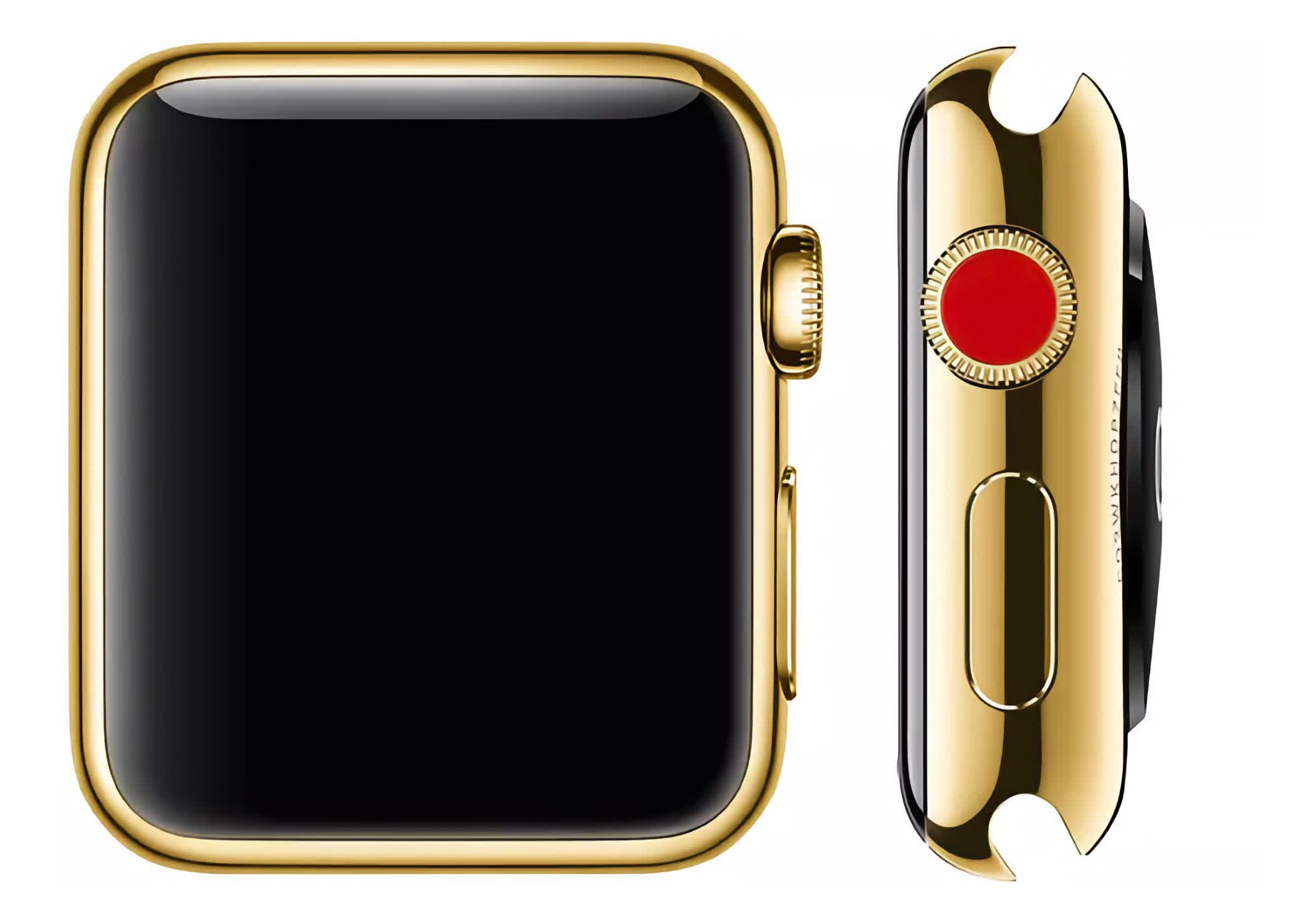Apple has recently made an official announcement regarding the status of its inaugural Apple Watch models, including the notably luxurious 18-karat gold Edition. This declaration signifies the end of an era as both software and hardware support for these early models are being discontinued, rendering them “obsolete.”
Introduced to the market in 2015, the Apple Watch Edition in 18-karat gold captured attention for its opulent design. However, understanding its target audience beyond celebrities and the affluent remained somewhat elusive. Those who invested in this exclusive device may now encounter challenges, as Apple will no longer offer parts, repairs, or replacement services for these antiquated models.
The creation of the solid-gold Apple Watch Edition was a significant undertaking, spearheaded by Apple’s former chief designer, Jony Ive. This opulent timepiece gained popularity and adorned the wrists of celebrated personalities like the iconic German fashion figure Karl Lagerfeld. Despite its appeal, certain features, such as the exclusive gold link bracelet worn by Lagerfeld and other influential figures, were never made accessible to the general public.
Apple Edition Series: Navigating the Luxury Watch Market
Apple’s entry into the realm of luxury watches, known as the Edition series, marked a significant venture into the exclusive market of high-end timepieces. Competing with well-established players in this luxurious domain was a bold attempt. Initially, Apple offered a solid-gold variant, presenting a symbol of luxury and exclusivity.
However, this solid-gold version was discontinued after just a year, possibly due to its limited appeal and high cost. Following this, Apple shifted its strategy and began offering more cost-effective alternatives like ceramic and, subsequently, titanium Editions. These strategic shifts were likely influenced by the realization that the majority of consumers do not possess the financial means akin to prominent figures like Beyoncé or Lagerfeld.

When stepping into the world of luxury watches, potential buyers often seek a timepiece that not only exudes opulence but also maintains its functionality and value over the years. Brands such as Cartier, renowned for their timeless elegance and exceptional craftsmanship, present an appealing option. Prospective buyers can invest anywhere from $10,000 to $30,000 in a Cartier Tank and still revel in the classic allure of a square-shaped watch. One notable advantage of such an investment is the assurance that even after several years, the timepiece can be professionally serviced by the original manufacturer, providing peace of mind and ensuring longevity.
The Challenge of Luxury Tech Accessories in the World of Repair Services
One of the hallmarks setting luxury watch manufacturers like Cartier, Patek Philippe, and Rolex apart is their dedicated first-party repair service. This distinctive offering provides a sense of assurance to owners that their cherished timepieces will not only stand the test of time in terms of aesthetics but also in functionality.
In stark contrast, when an Apple Watch, priced at a significant $17,000, requires repair, the available options are not as straightforward. The repair journey often takes a turn towards third-party repair shops or even delving into a do-it-yourself battery replacement if the owner is inclined to go down that route.
However, the assurance of a dedicated, first-party repair service, a characteristic highlight of traditional luxury watch brands, is notably absent. This absence may potentially leave the owner in a situation where they must navigate alternative avenues for repair or make the tough decision of continuing to wear the malfunctioning watch.
Even fashion icon Karl Lagerfeld, renowned for his distinctive style, made a conscious choice not to integrate an Apple Watch into his ensemble. This decision underscored the distinct landscape that luxury tech accessories bring to the market, juxtaposed against the established and reliable repair infrastructure of traditional luxury watch brands.











